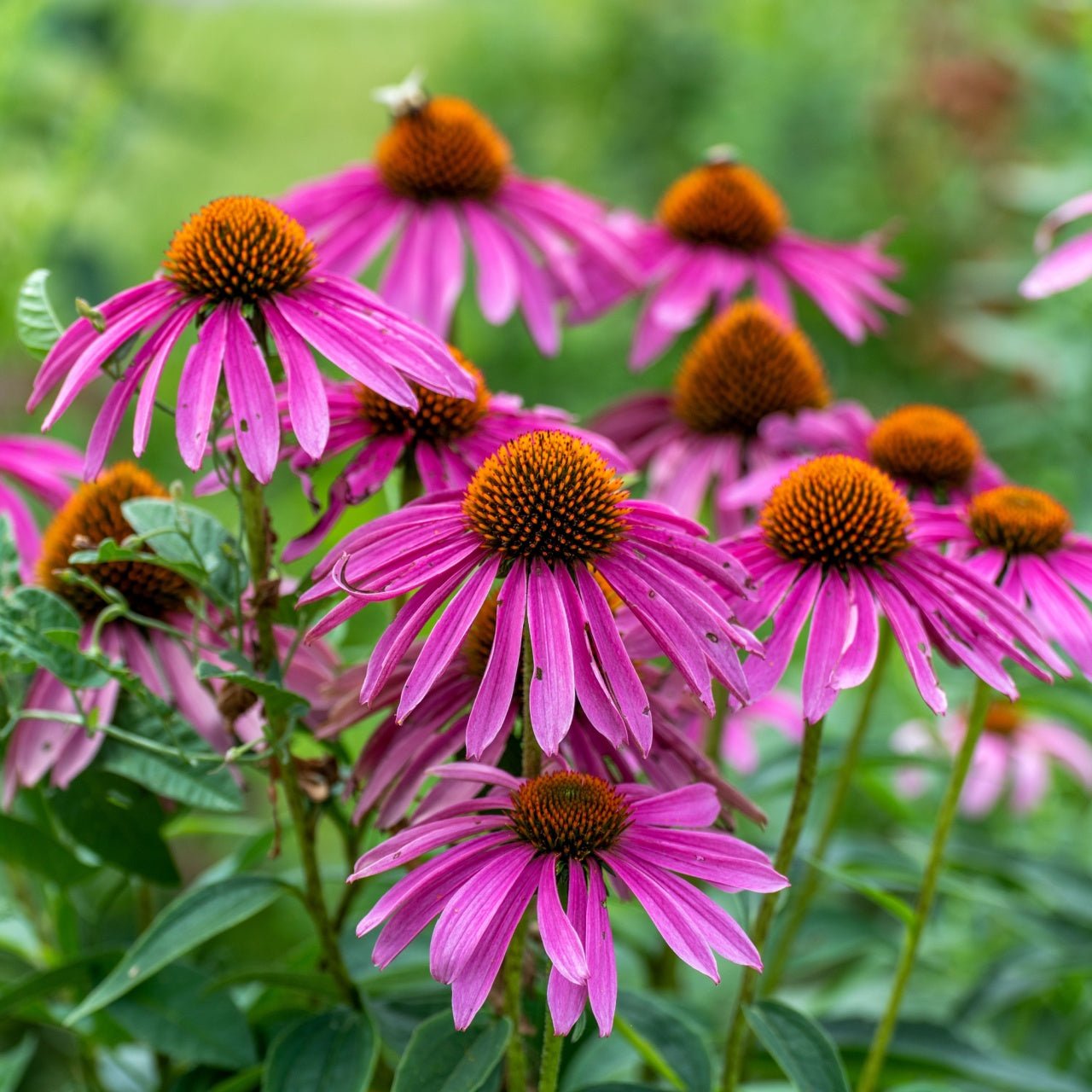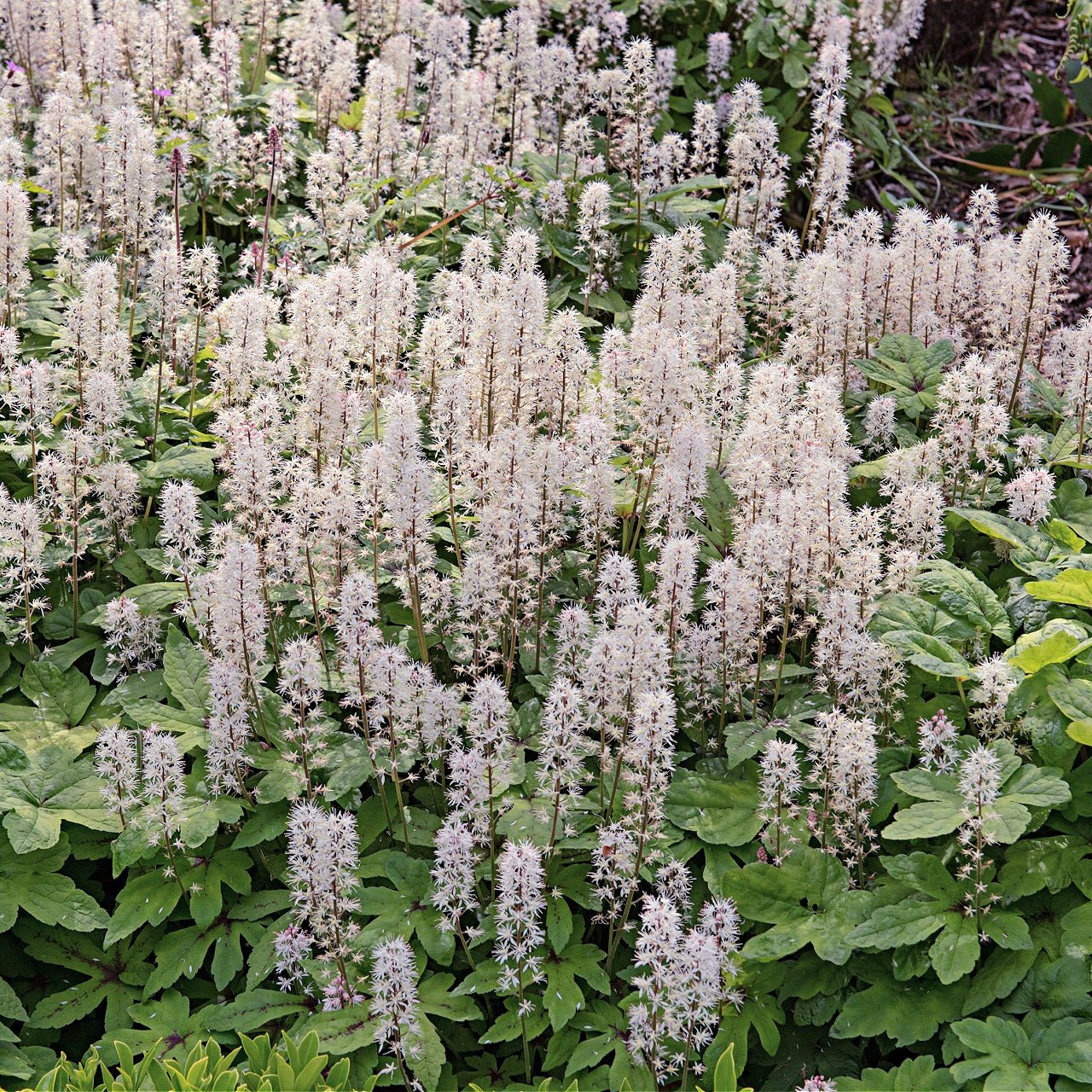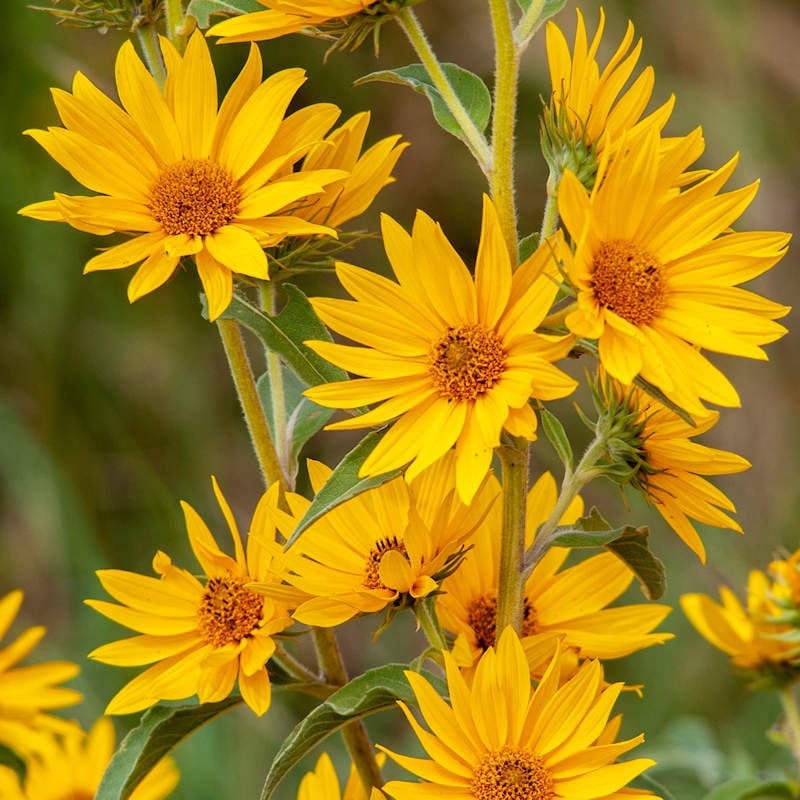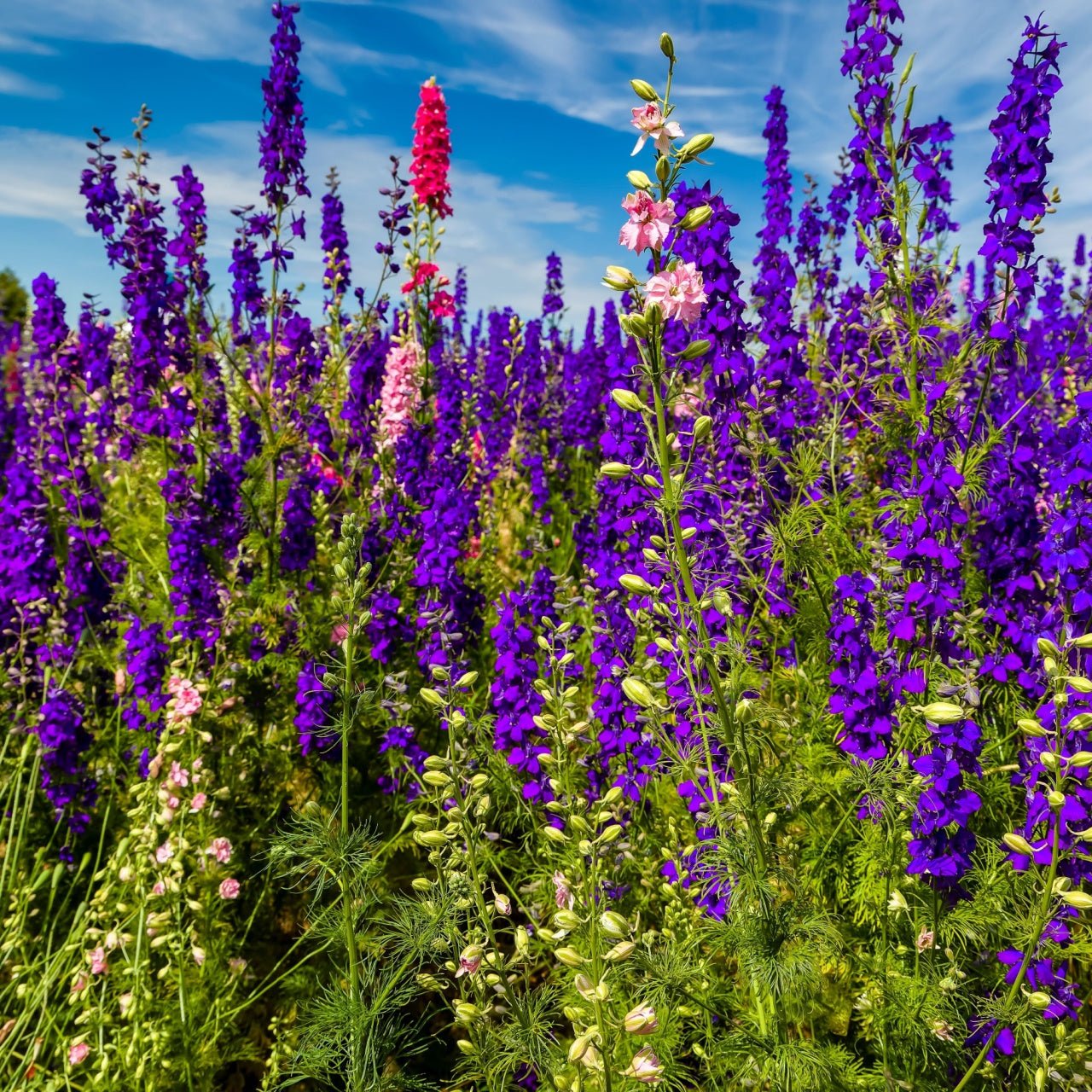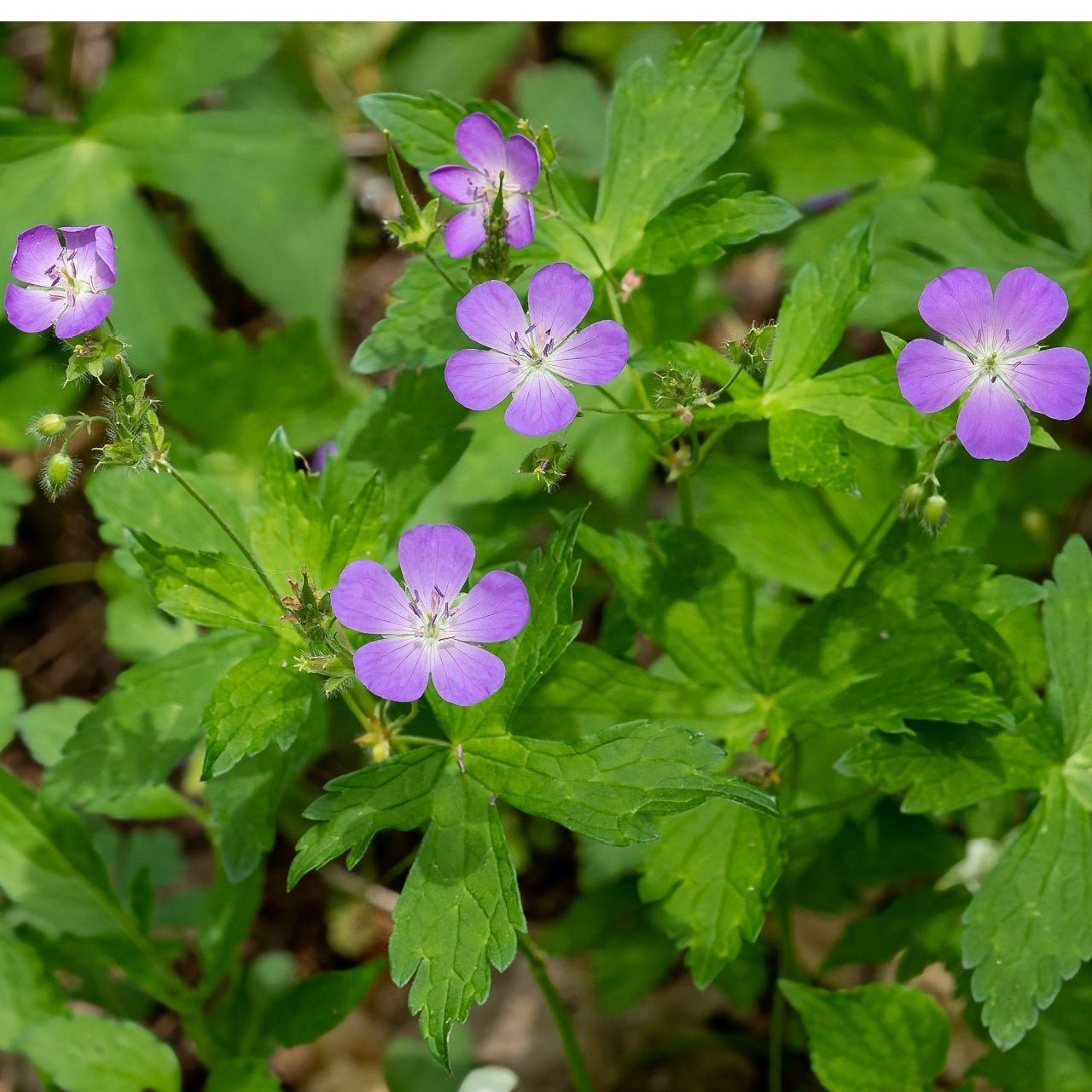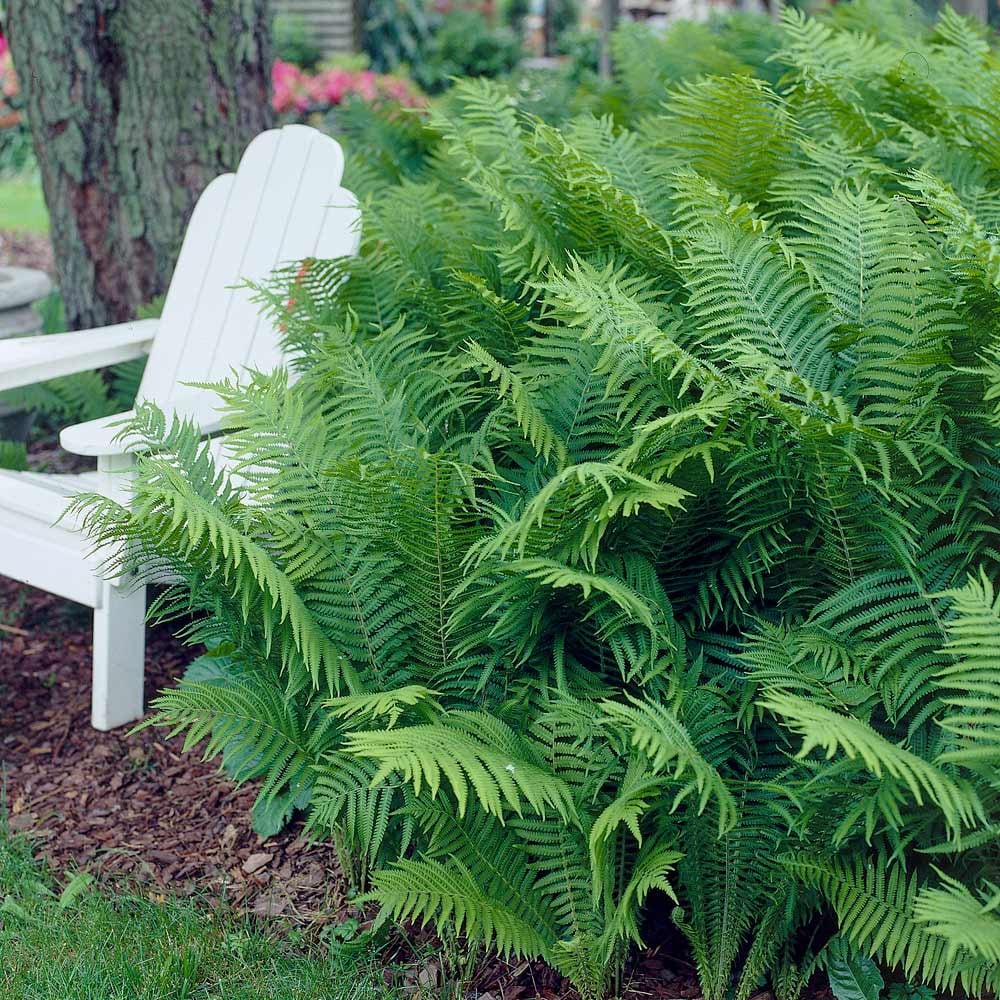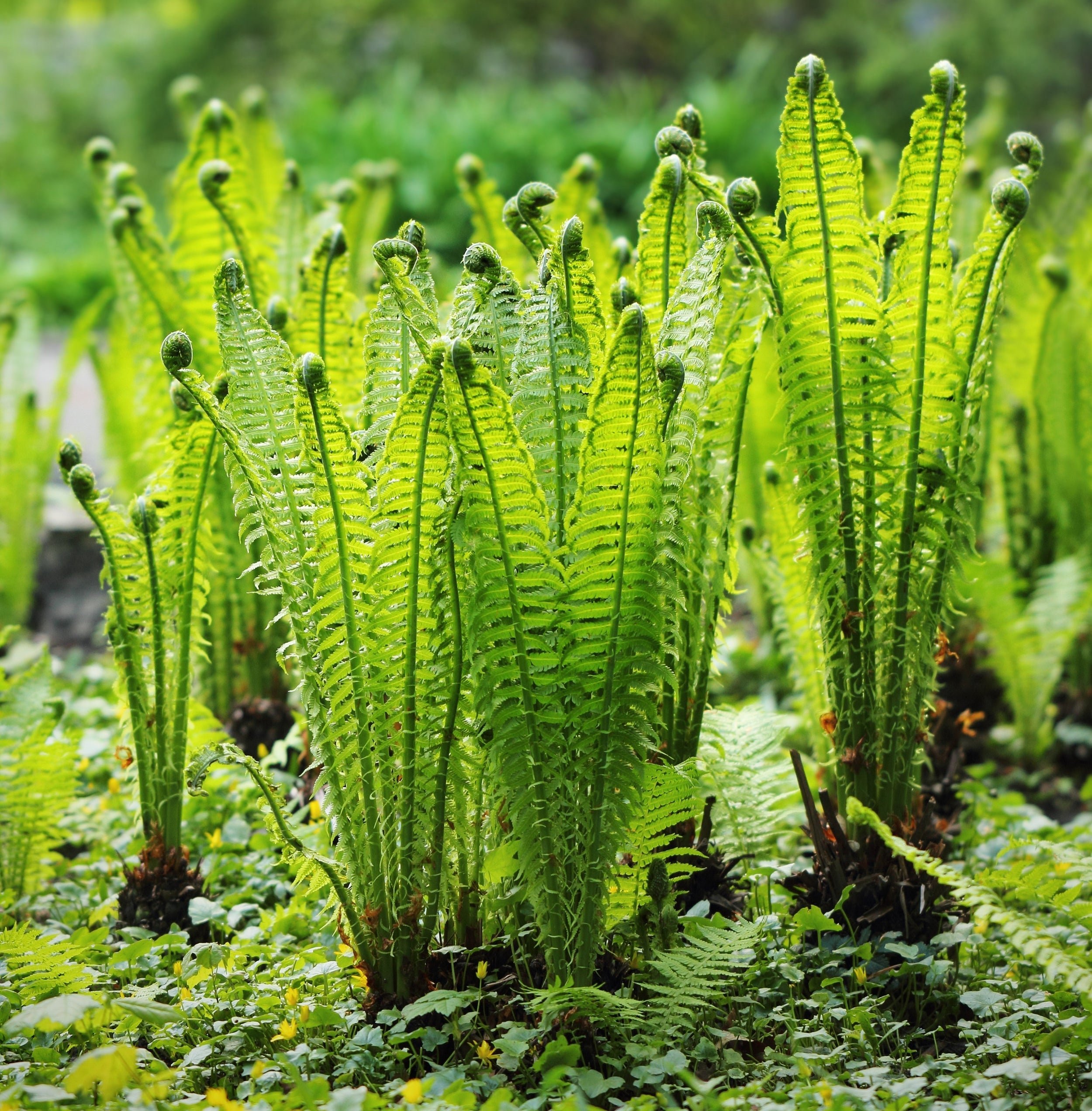
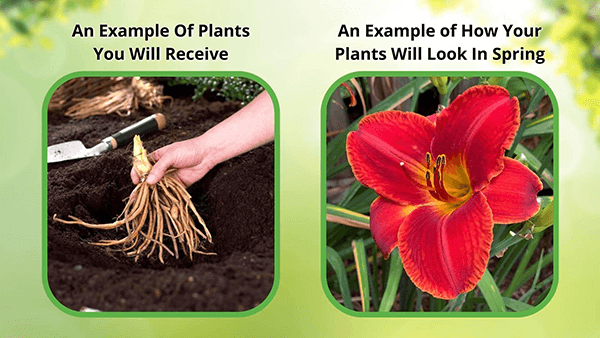
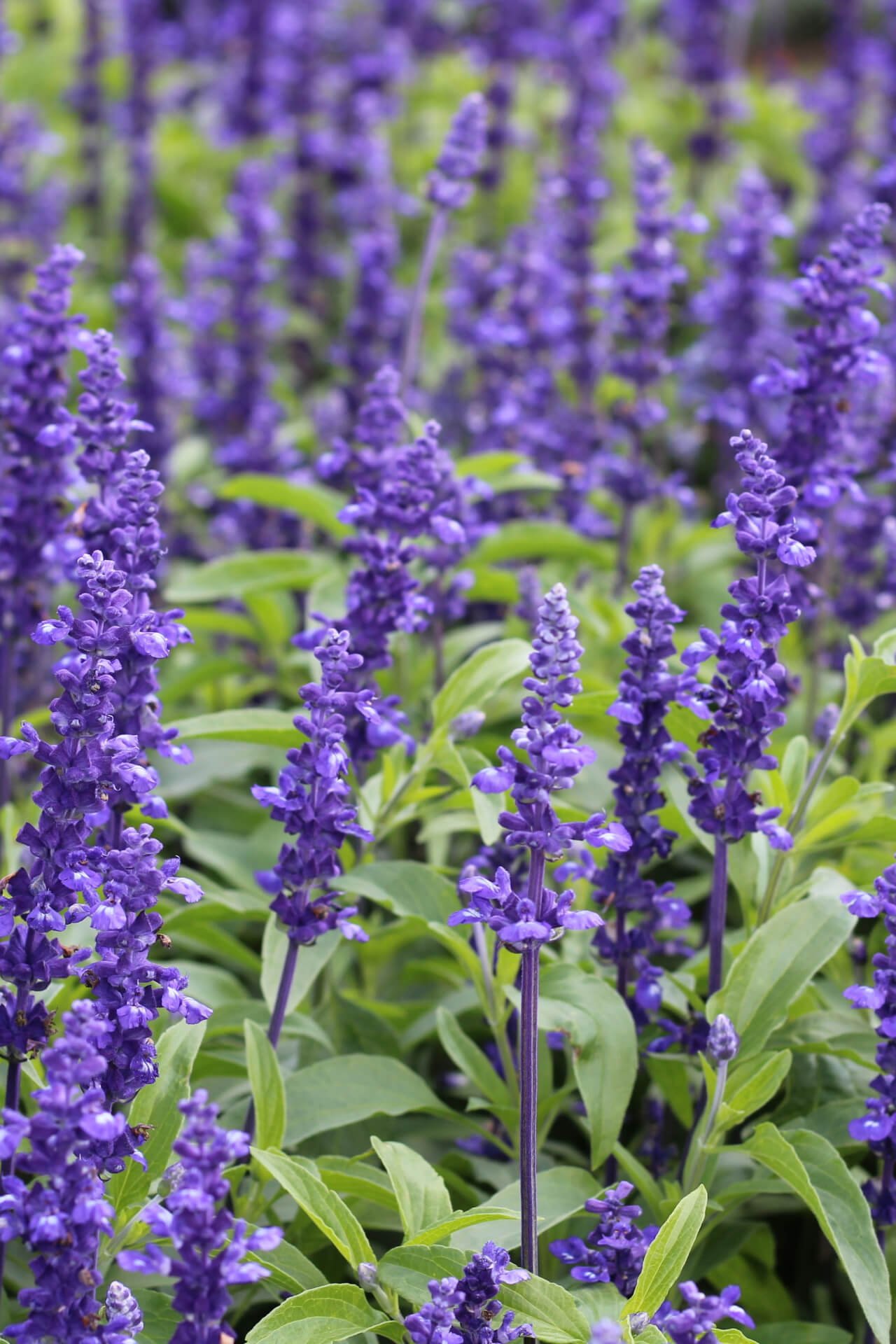

Bugleweed Plant
Low-maintenance ground cover option
Effective erosion control plant
Provides dense shade for other plants
Thrives in
ZONE 3ZONE 4ZONE 5ZONE 6ZONE 7ZONE 8ZONE 9This plant ships:
May 251 Year Guarantee on all plants
Bugleweed Plant - Ajuga
The Bugleweed Plant is a groundcover perennial that sprawls low while spreading quickly. It is most often grown for its attractive foliage and unique spiked flowers. It is nicknamed ‘Carpet Bugle’ because of its ability to form dense, carpet-like clumps along the landscape. It is most often mass-planted to cover a large area at once, whether it be under trees, along hillsides, or anywhere that needs good covering. It is best grown alone or among annuals, as it can become too crowded when grown among perennials.
Plant Details - Bugleweed Plant
Family: Lamiaceae
Light Requirement: Full Shade – Full Sun
Water Needs: Medium
Height: 4-6 in.
Spread: 1-2 ft.
Growth Rate: Fast
Bloom Time: Mid to late Spring
Flower Color: Blue, Purple, Violet
Wildlife Value: Attracts bees and other pollinators
Depending on the zone it is grown in, this plant can be considered either evergreen or semi-evergreen. While originally native to Europe, North Africa, and Southwestern Asia, it has been introduced and naturalized into many parts of North America. It can be seen growing wild in the Eastern United States along roadsides or moist banks. It tolerates a variety of soil conditions and can even thrive in moderate drought conditions once established. The spiky flower shoots pop up throughout the spring as a lovely welcome to each new garden season.
Uses and Maintenance - Bugleweed Plant
The Bugleweed Plant is grown as a groundcover that works amazingly in a variety of landscape spots. Most popularly it is grown under trees to help fill out shady spots. It is also an excellent groundcover on sloped areas to assist in erosion control. Wherever it is planted, it is an effective weed suppressor due to its dense mat foliage. Bugleweed is considered deer-resistant and is a great choice in yards with pesky deer visits. It is recommended that the plants are monitored for overcrowding in the autumn and divide as needed to maintain a controlled presence in the landscape.
Noteworthy Characteristics
The leaves of the Bugleweed Plant are just as lovely as the spring blooms, boasting uniquely rich ombres of purple and green. The flower spikes can reach up to 10 inches tall, attracting a variety of pollinators, even hummingbirds. They are a known honeybee and butterfly favorite!
This Is How Your Plants Will Look upon Delivery
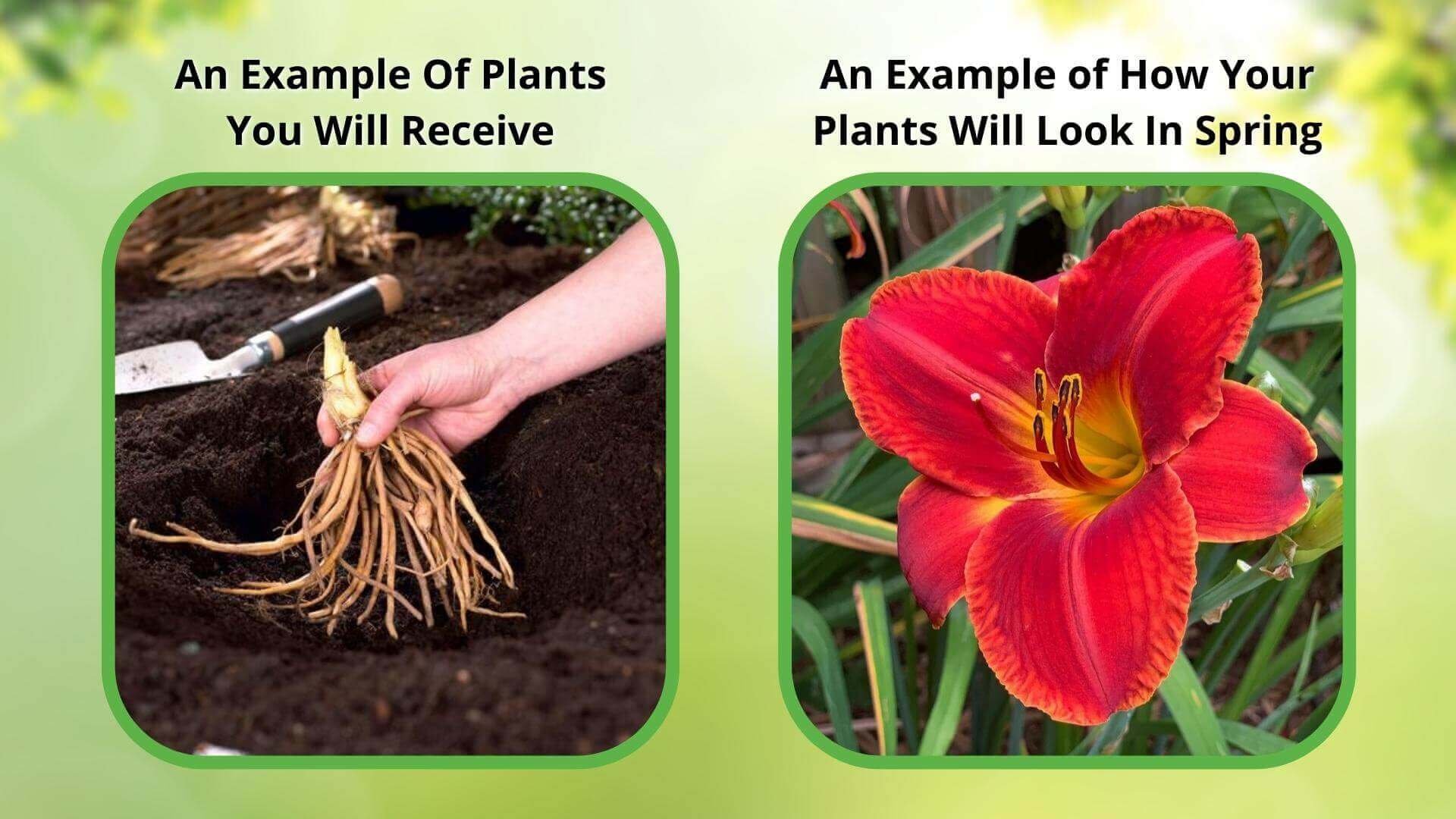
Bloom Season
Summer
Bloom/Foliage Color
Purple
Height at Maturity
Under 12"
Care
Bugleweed thrives in well-drained soil and benefits from regular watering to maintain moisture. Mulching assists in retaining soil moisture and suppressing weeds. Trim back after blooming to promote new growth and prevent spreading. Watch out for pests like snails and slugs.
Plant Reproduction
Bugleweed Plants spreads quickly by sending out underground runners called stolons.
Shipping date depends on the date displayed and chosen when you order from the product's page.
We only accept returns on plants verified dead. If you think your plants have died, we offer a 1 year warranty, please use this File a Claim Link to verify dead plants and start with return warranty process.





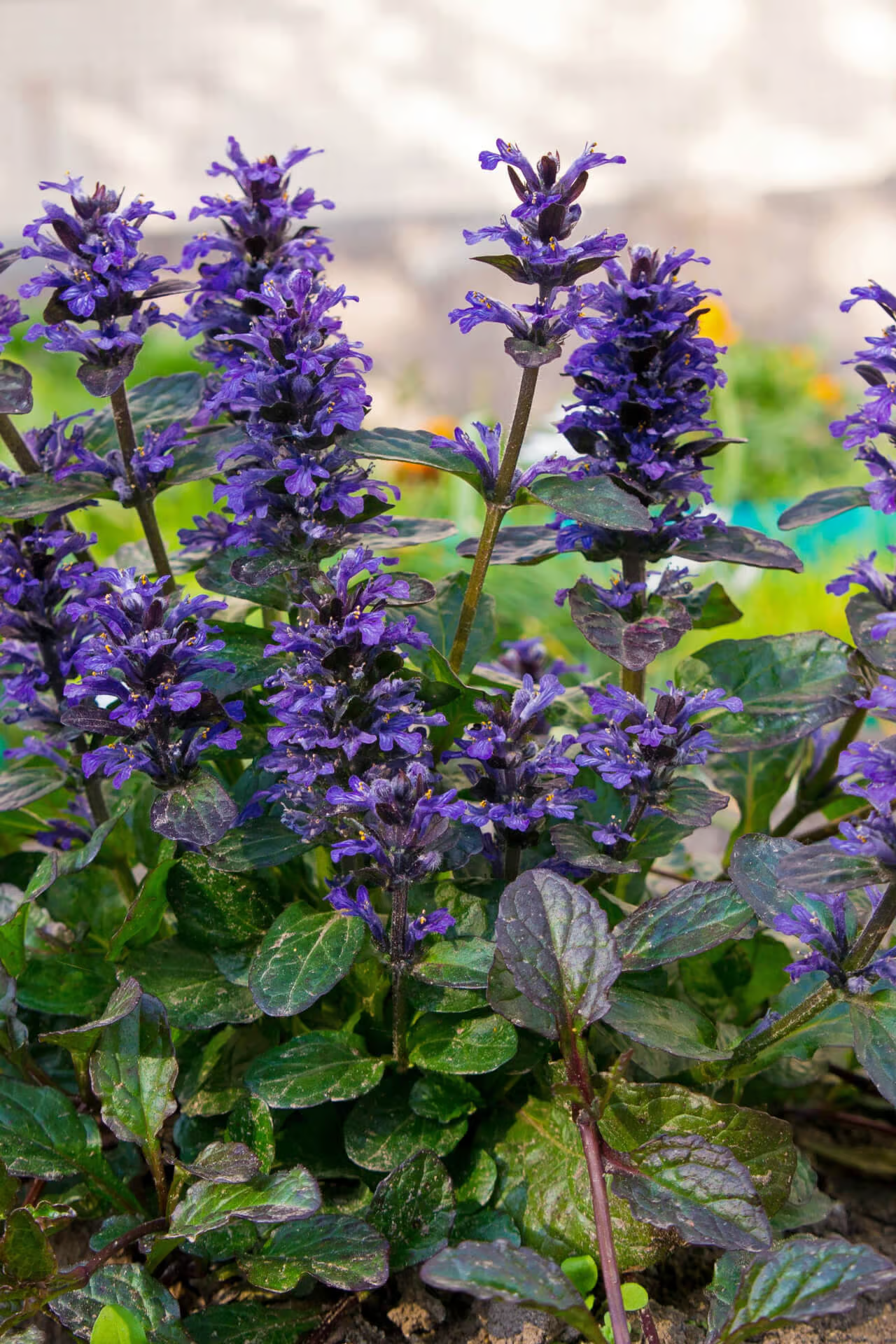
Fast-Growing Ground Cover:
Bugleweed spreads rapidly by shooting runners on top of the soil, creating a dense and attractive ground cover. It can grow up to 20 inches tall, with some species as short as two inches.
Animal Deterrent:
Most rodents and mammals, including deer, avoid Bugleweed, making it ideal for yards prone to animal foraging. This helps protect other plants from damage.
Erosion Control:
In the wild, Bugleweed blankets meadows and open spaces, making it ideal for preventing soil loss from erosion. Its rapid spread across steep slopes helps stabilize the soil effectively.
Stunning Blooms:
Bugleweed has dark, shiny leaves and produces spikes of purple, violet, or blue flowers in spring. The flowers' long, flowing petals resemble a woman’s skirt, adding a unique beauty to your garden.
Caring Tips
How do I care for my Bugleweed Plant?
Each box contains detailed care instructions and information about your product. But here's the basics.
Care Tips
Bugleweed thrives in well-drained soil and benefits from regular watering to maintain moisture. Mulching assists in retaining soil moisture and suppressing weeds. Trim back after blooming to promote new growth and prevent spreading. Watch out for pests like snails and slugs.
Light Requirements
Bugleweed thrives in partial to full shade, making it ideal for shaded garden areas. It can take some morning sun, but too much direct sunlight can lead to leaf scorch. Ensure it receives consistent moisture for optimal growth.
Hardy Planting Zones
3 • 4 • 5 • 6 • 7 • 8 • 9
Header
Use this content to share information about your store and products.
Frequently Asked Questions
How often should I water my plants?
How do I know if my plant is getting too much or too little sunlight?
What should I do to prepare my plants for winter?
What are the signs that my plant needs fertilizing?
How can I prevent pests from damaging my plants?
How do I choose the right plant for my climate zone?


